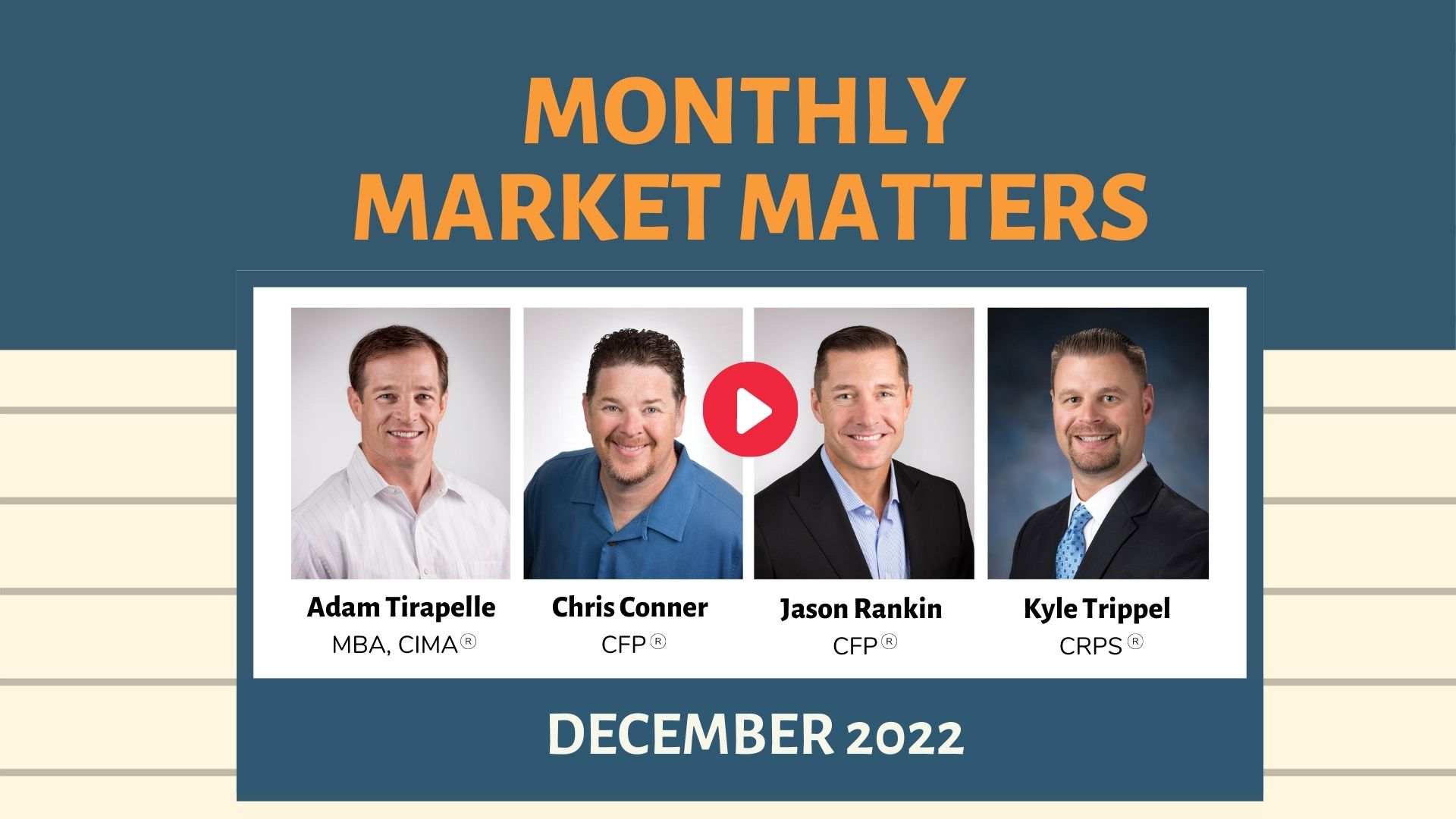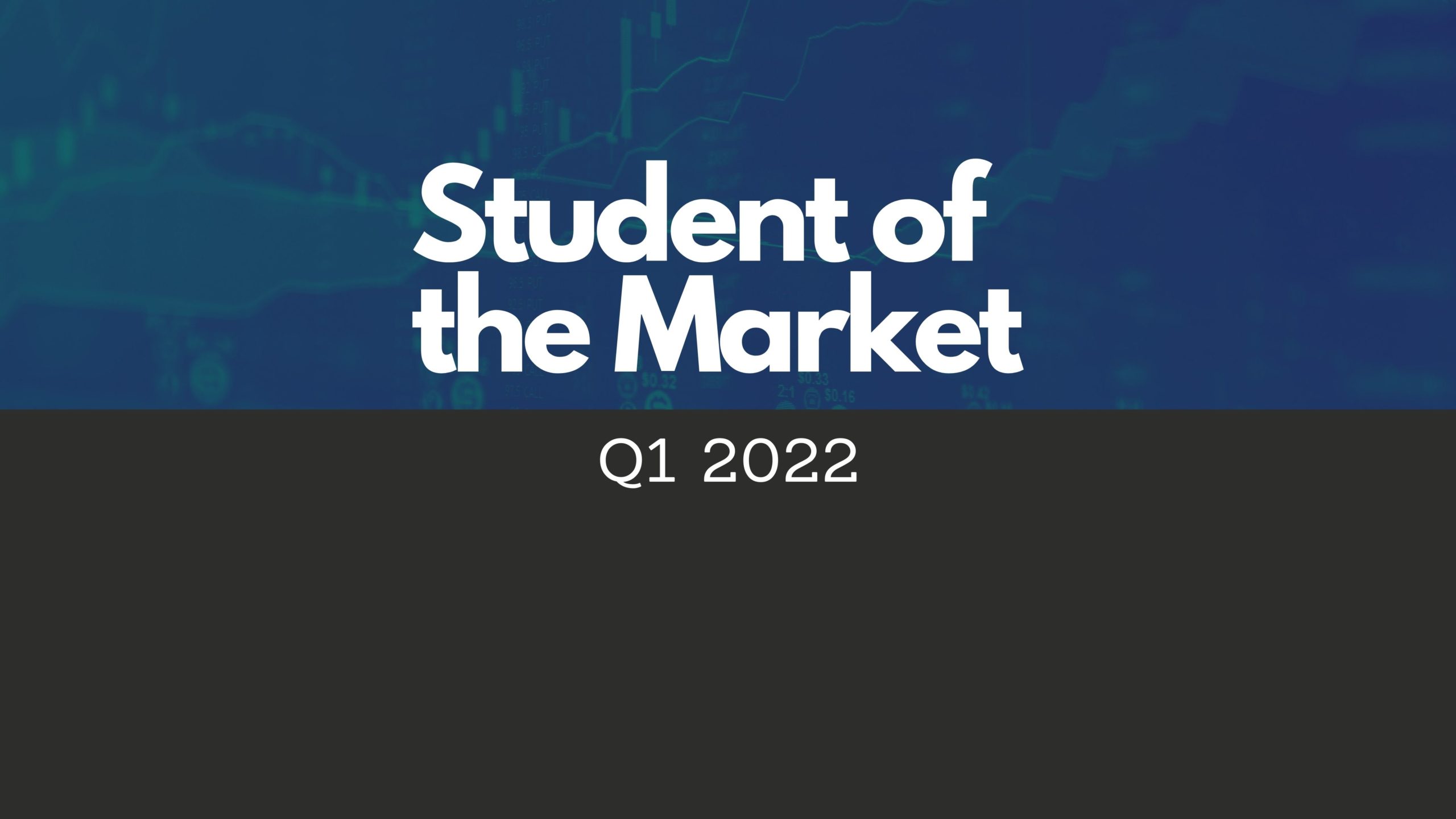You are now leaving the Strong Valley Wealth & Pension, LLC ("Strong Valley") website. By clicking on the "Schwab Alliance Access" link below you will be entering the Charles Schwab & Co., Inc. (“Schwab”) Website. Schwab is a registered broker-dealer, and is not affiliated with Strong Valley or any advisor(s) whose name(s) appears on this Website. Strong Valley is/are independently owned and operated. Schwab neither endorses nor recommends Strong Valley. Regardless of any referral or recommendation, Schwab does not endorse or recommend the investment strategy of any advisor. Schwab has agreements with Strong Valley under which Schwab provides Strong Valley with services related to your account. Schwab does not review the Strong Valley website(s), and makes no representation regarding the content of the Website(s). The information contained in the Strong Valley website should not be considered to be either a recommendation by Schwab or a solicitation of any offer to purchase or sell any securities.

This article delves into this notion, addressing questions like: How can you apply stock market analysis principles to selecting a college? What factors should you prioritize, and what long-term benefits can be expected? This piece guides you through an analytical approach, encouraging readers to view their educational choices as investment decisions.

A typical college degree is worth a lot of money over the length of a career. A typical degree – but not every college.
College costs rose roughly 7% annually over the past 50 years, about double the average yearly inflation rate. And overall costs of some, including even community colleges, have increased faster than that in recent years, according to the College Board.
In general, higher education does boost lifetime earning potential. Some schools simply seem not worth the investment, though.
To calculate whether a college is worth the investment, use an opportunity cost measure called return on investment (ROI). After factoring all the net college costs, compare 30 years of estimated income of a college graduate versus 34 years of income from a high school graduate who started working immediately and didn’t pay college expenses or assume the debt of student loans.
Future college students (and their parents) must realize that not all colleges are equal. Graduates from the lowest-ranking schools often earn less income after graduation. One can also assume that low-performing schools tend to offer less financial assistance, which leaves graduates with larger debt burdens.
The most highly endowed colleges can reduce their cost of attendance with grants and scholarships. For example, Stanford ranks as one of the most expensive schools based on sticker price. But generous financial assistance makes for a very competitive net cost and would give the school a high ROI score.
Debt burdens are also relative. A doctor’s salary more quickly pays off a high-price education loan than a teacher’s. Good rule: Avoid incurring college debt exceeding half of the expected annual income. Limiting loans in this way allows students to pay off the debt after five years, using 10% of their future salary.
Clearly, an ROI analysis will show a world of difference between the outcomes of graduates of highly rated schools and those graduates of schools near the bottom of the barrel. Attending a college with a poor ROI is not necessarily a mistake, but the financial aid package should be sweet. As with any investment, do the homework before committing time and money to determine if the overall investment is worth it.



